The TSA Turns 10 Today – A Look Back At Day One
On the 19th of November 2001 Public Law 107-71 (PL 107-71), the Aviation and Transportation Security Act (ATSA), was enacted any the 107th Congress and signed into law by President George W. Bush. With the flick of George W. Bush’s pen, the Transportation Security Administration (TSA) was created and airport security through the United States was immediately federalized. Prior to the Aviation and Transportation Security Act airport security throughout the United States was conducted by private security firms regulated by the Federal Aviation Administration (FAA).
As airport security was instantly transferred from private security firms overseen by the FAA to the Transportation Security Administration on the 19th of November 2011 private security firms were suddenly part of a federal security program and supported by the manpower of Army National Guard Military Police units. The airport security process as we knew it in the United States, and around the world, suddenly evolved in a new direction.
On the first day airport security was federalized in the United States, the TSA overseen passenger security experience dramatically altered where the security process began. The passenger screening process no longer began at the entrance to a terminal’s gate area. On day one of federalized airport security the process began on access roads leading into airports. To address the TSA’s new security procedures at most airports, Army National Guard Military Police Officers searched individual cars entering airports, and those who refused to consent to a thorough inspection of there vehicle were threatened with arrest.
Once travelers passed through vehicle checkpoints to enter airport terminals, the passenger experience was unlike anything passengers in the United States has previously experienced. Military Police stood sentry at entryways, at check in counters, on both sides of passenger screening checkpoints and at gates, as well as carrying out patrols with machine guns through terminals.
Upon checking in for a flight, passengers were required to have their baggage, checked and carry on, hand inspected. Hand inspections followed specific, yet vague, guidelines established by the Department of Transportation (DOT), and were carried out by federalized private security contractors who had not been trained in a consistent baggage hand search procedure. Upon the completion of baggage being hand-searched, checked baggage was removed and sent to back to airline check in counters to be sent to aircraft. Carry on baggage, which had been hand searched was then carried by travelers, in a non-sterile environment, to the passenger security checkpoint where the bag was then x-rayed in the usual and expected manner.
The agency that would become the TSA we know today was just hours old, under the Department of Transportation, and already overseeing airport security around the United States. With the infant agency at the helm, federalized private airport security screening contractors, supported by the Military Police and airport law enforcement struggled to find their individual roles within airport security, with the haste of the creation of the TSA and federalizing airports security, defined agency roles would need to be established as an after thought, rather than planned out and negotiated ahead of time . It would not be until the 12th of February 2002 that passengers would begin to see TSA Transportation Security Officers (TSO) appear in airports, and not until the 25th of March 2003 the TSA would be transferred to the Department of Homeland Security (DHS), and the roles of those involved in airport security and law enforcement become more defined.
Day One of federalized airport security caused passengers to enter a police-state environment, many missed flights, checked baggage was left behind, flights were delayed, friction began between passenger screener, airport law enforcement and Military Police units over territory … and passengers, almost instantaneously, began to show disdain for intrusive security procedures.
The altering of aviation security in the United States should have been phased in, however it was forced upon travelers, airports, airlines, federal agencies and law enforcement suddenly due to the tense post 9/11/01 terrorist attack security environment … and here we are 10 years later still struggling to define the Transportation Security Administration’s role and the direction it is headed.
On a personal note, 10 years ago today was my first run in with federalized airport security while covering my first story on the TSA as a wire service photographer. While documenting the federalization of airport security at Hartford’s Bradley International Airport I was been stopped more than once, despite having been in contact with the airport and the Military Police public affairs officer. At one point I was stopped by a Military Police Officer and my credentials were checked (see the last photo below), which is not unusual, however when checking my credentials … which were issued from the U.S. House & Senate, United Nations, New York City Police Department, New York City Fire Department, Massachusetts State Police, Vermont State Police, New Hampshire State Police, Santa Clara County Sheriff and San Mateo County Sheriff … the Military Police Officer was informed via radio that none of those credentials were recognized for media identification. This would not be the last time I’d be stopped and held while legally documenting security at Bradley International Airport.
So, just a few hours into the existence of the TSA and my dance with coverage of the agency began … ten years later the TSA is still around and I’m still covering them.
Below are ten photos from the first day the TSA existed and airport security was federalized … and a photo of my first time being stopped by a federalized airport security entity while covering aviation security.
Happy Flying!
… and here it is, a photo of my first encounter with federalized security while documenting aviation security …

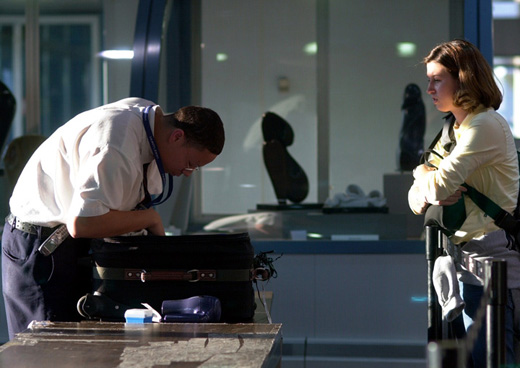
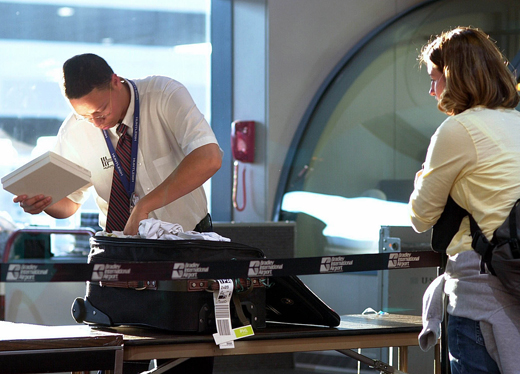
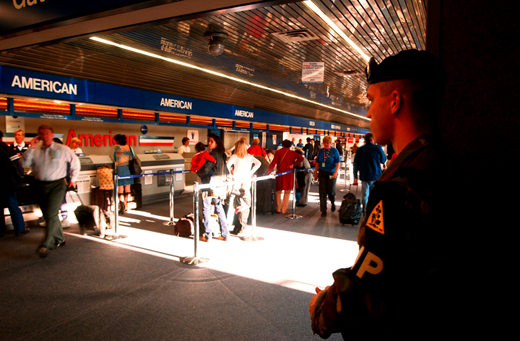
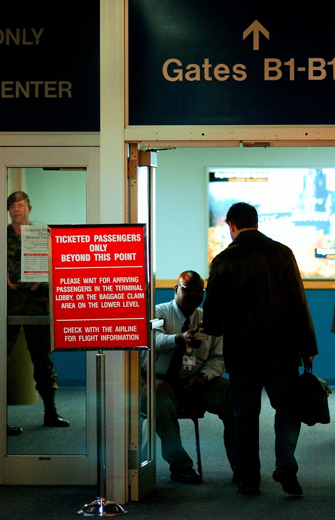

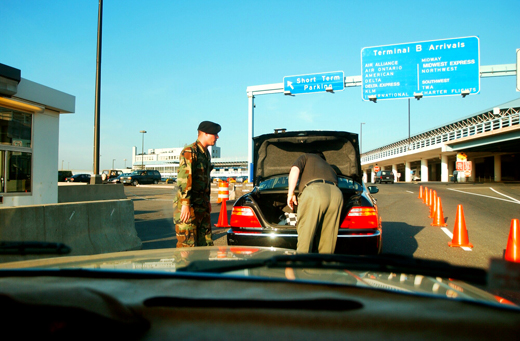
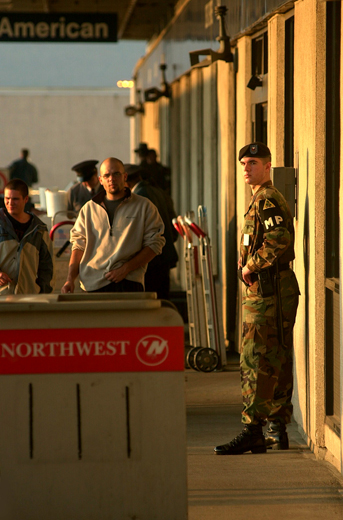
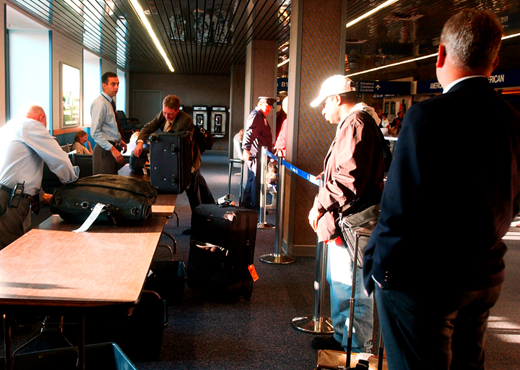

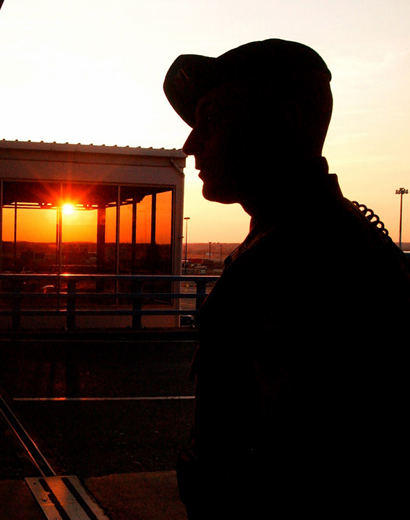
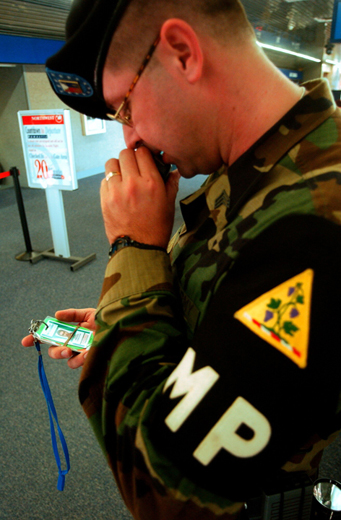

For some weird reason I felt safer with the security just after 9/11. People weren’t full of themselves. Now I feel like I’m just dealing with a bunch of egos who have to justify their jobs… “Do what I say and you can pass”. Keeping us safe in the air is the last thing on their mind.
I was there as well. Except on the other side in uniform. I can tell you now that we were not allowed to carry live ammunition. We were there to “assist” state police only.